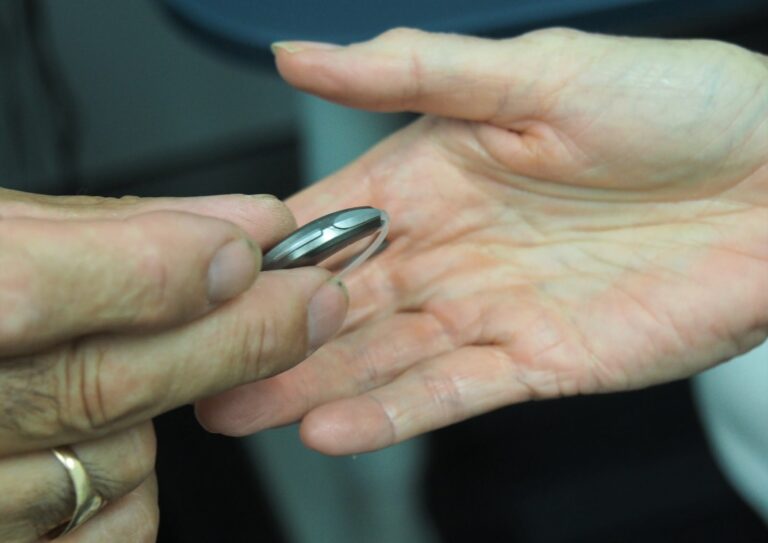
How Hearing Loss is Linked to Cognitive Decline
A doctor who specializes in geriatric medicine explains how hearing devices can be helpful in preventing long-term cognitive decline.

A doctor who specializes in geriatric medicine explains how hearing devices can be helpful in preventing long-term cognitive decline.

80% fewer skin-cancer patients get Alzheimer’s. Why? Is it the medicines they take, their genes, or are they more prone to sunshine, activity or healthier eating?

SuperAgers, aged 80+, have memories as sharp as persons decades younger. Find out why.

Researchers say exposure to light that’s pulsing at 40 beats per second causes the brain to release a surge of chemicals that may help fight Alzheimer’s disease.
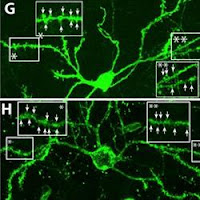
Researchers have been able to mobilize the brain’s native stem cells to replenish a type of neuron lost in Huntington’s disease. Learn how they improved health and extended life in the lab.

Researchers have found links between certain viral illnesses — like the flu — and the risk of Alzheimer’s. Learn more.
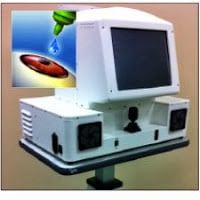
This simple eye test has the potential to change the way Alzheimer’s is detected and managed. Find out how this quick, easy-to-use, low cost & accurate technology for non-specialists will vastly improve the standard of care for people with Alzheimer’s.

See how this Alzheimer’s-test from Northwestern University uses celebrity faces to detect dementia. Find out how well it works.

Scientists at Ben-Gurion University developed VBIT-4, a small molecule for treating Alzheimer’s disease that has shown remarkable success in mouse models.

“Do You Know What My Name Is?” produced by Sendai Television Inc., depicts an emotional real life drama of how a “dementia improvement program” was implemented in Ohio.
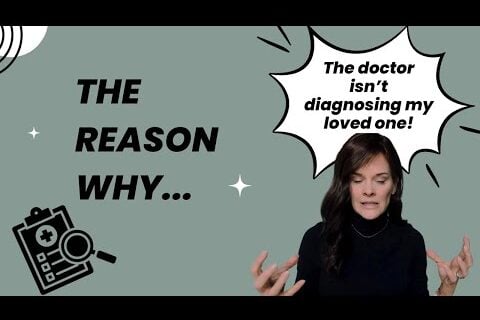
Caught in a frustrating loop of suspecting dementia in your loved one, only to be denied by doctors? Join me as we explore the untold story behind dementia diagnoses. Don’t miss out on key insights that can change everything!

AS MARIJUANA LEGALIZATION spreads, new research is improving our understanding of side effects. Heart cells have cannabis receptors relevant to vascular squeezing ability. Learn about marijuana’s link to vascular dementia.

Adopting the MIND diet—even later in life—is linked with reduced dementia risk

SHORT-TERM MEMORY lapses are obvious signs of Alzheimer’s, but other tell-tale signals begin to show much earlier. Learn how to look for semantic impairments, such as simple questions about size.

Three important dementia studies focus on HS-AGING, a type of dementia almost as common as Alzheimer’s in the 85+ group. Yet few people have heard of it. Why? What makes it different?

An intriguing study of 120 grandmothers might surprise you. Doctors know socially engaged people have better cognition and less dementia. But can a person get too much of a good thing? What’s the right balance?

Enjoy this great duet between a musician with dementia and his son. A triumph of spirit over Alzheimer’s! Sing-a-long if you like!
No spam, only news and updates.
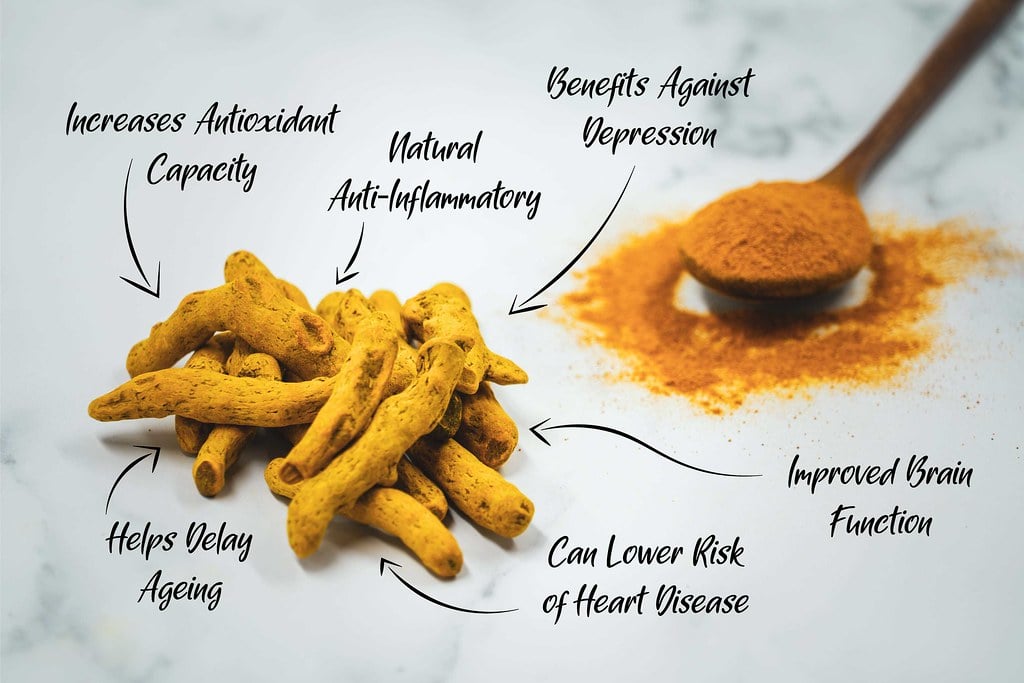
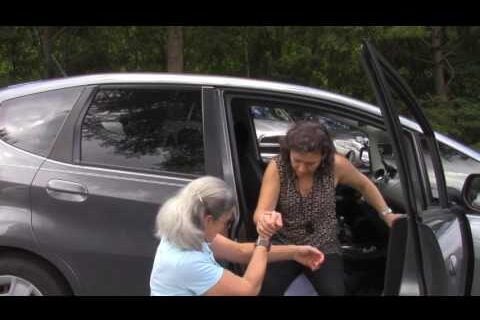

This site was inspired by my Mom’s autoimmune dementia.
It is a place where we separate out the wheat from the chafe, the important articles & videos from each week’s river of news. Google gets a new post on Alzheimer’s or dementia every 7 minutes. That can overwhelm anyone looking for help. This site filters out, focuses on and offers only the best information. It has helped hundreds of thousands of people since it debuted in 2007. Thanks to our many subscribers for your supportive feedback.
The site is dedicated to all those preserving the dignity of the community of people living with dementia.
Peter Berger, Editor